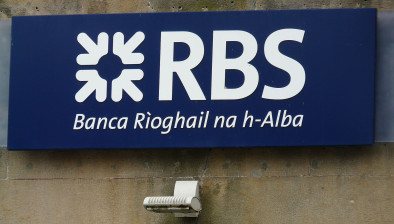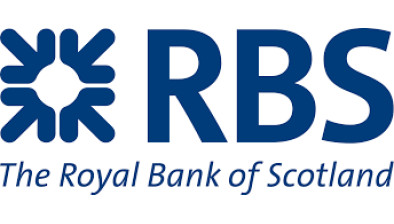RBS: Business activity in Scotland falls for second month running amid sharper falls in new work

New business received at Scottish private sector companies contracted for the third month running
Business activity across Scotland’s private sector contracted again in September, according to the latest Royal Bank of Scotland PMI data.
The seasonally adjusted headline Royal Bank of Scotland Business Activity Index - a measure of combined manufacturing and service sector output - was little-changed from 47.8 in August at 48.0, signalling a second consecutive month of contraction. Despite easing, a high inflationary environment drove the latest decline in business activity and new orders, with the rate of contraction for the latter gaining momentum.
The challenging conditions meant that the degree of confidence further weakened during September. The latest reading registered a 28-month low, suggesting subdued performance as we progress into the final quarter of the year.
New business received at Scottish private sector companies contracted for the third month running during September. The rate of reduction quickened on the month and was solid overall. Inflationary pressures and the cost-of-living crisis were primarily linked to the latest downturn.
At the sectoral level, manufacturing firms reported the softest decline in factory orders in three months, while services providers reported their first contraction since March 2021.
Amid soaring prices and recession fears, overall activity expectations weakened for the second consecutive month in Scotland’s private sector in September. Business confidence hit a 28-month low, posting below the average recorded over the series history and much weaker than the UK-wide average.
As has been the case since April 2021, employment across Scotland’s private sector increased in September. According to anecdotal evidence, successful hiring was in part linked to fresh graduates entering the workforce. While the respective seasonally adjusted index improved marginally from the that seen in August, it was the second-lowest reading in 17 months.
September data revealed a reduction in backlogs of work for the fourth consecutive month at private sector companies in Scotland. The rate of depletion quickened to the fastest in 20 months. Respondents frequently mentioned the fall in backlogs reflected fewer new orders.
The rate of reduction at Scottish private sector companies was quicker than the UK-wide average which, in contrast to Scotland, softened during September.
For the twenty-eighth month running, average cost burdens rose across private sector firms in Scotland during September. The rise was largely blamed on inflationary pressures in labour market and supply chains. Despite the rate of input price inflation remaining historically high, the latest incline was the softest since August 2021 with both sectors noting slower rates of inflation.
Moreover, the pace of inflation in Scotland lagged behind that seen at the UK level, posting the second-softest of the 12 monitored regions ahead of the South West of England.
Scotland’s private sector firms raised their charges during September, thereby stretching the current run of output price inflation to 23 months. According to panellists, prices were raised primarily to offset increasing costs. That said, the rate of output price inflation was the weakest in 13 months and the softest of the 12 monitored UK regions.
Judith Cruickshank, chair, Scotland Board, Royal Bank of Scotland, commented: “Business activity and new orders continued to decrease across the Scottish private sector during September, thereby stretching the current runs of contraction to two and three months respectively. The squeeze on customer disposable incomes amid a high inflation environment underpinned the latest downturn in output and new business.
“Despite falling business requirements, firms raised employment for the eighteenth successive month, albeit at a moderate pace. The combination of a drop in new work and expanding workforces allowed firms to work through their backlogs.
“The post-pandemic boom is clearly at an end, as the ongoing cost-of-living crisis plays an increasingly important role. Moreover, the 12-month outlook continues to weaken.”








